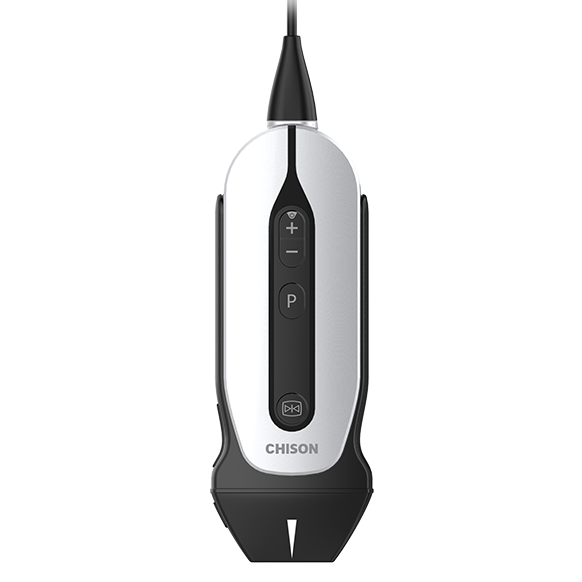The field of medical imaging has witnessed a significant advancement with the introduction of handheld ultrasound devices. These portable and compact devices bring the power of ultrasound imaging to the point of care, revolutionizing the way healthcare professionals diagnose and manage patients. In this article, we will explore the benefits, applications, and impact of handheld ultrasound in the realm of medical imaging.
Unleashing Portability and Accessibility
Handheld ultrasound devices have redefined the concept of medical imaging by eliminating the constraints of traditional, large-scale ultrasound machines. With their compact size and portability, these devices enable healthcare professionals to bring ultrasound imaging directly to the patient's bedside. This breakthrough technology has proven particularly valuable in emergency medicine, critical care, rural healthcare settings, and situations where immediate imaging is crucial.
Enhanced Patient Care and Efficiency
The handheld ultrasound devices provide numerous benefits that contribute to enhanced patient care and improved efficiency. Firstly, they offer real-time imaging capabilities, allowing healthcare providers to visualize internal structures immediately. This real-time feedback facilitates rapid decision-making, improves patient triage, and helps guide interventions promptly.

Furthermore, handheld ultrasound devices enable a more personalized and patient-centric approach to care. The ability to perform bedside examinations empowers healthcare professionals to closely monitor patients' conditions, assess treatment effectiveness, and make timely adjustments as needed. This facilitates faster diagnosis, reduces the need for unnecessary imaging procedures, and enhances patient comfort by minimizing transportation to imaging departments.
Versatility and Broad Applications
Handheld ultrasound devices have proven their versatility across a wide range of medical specialties. They can provide valuable diagnostic insights and aid in treatment planning in various clinical scenarios. Some notable applications include:
Emergency Medicine: Handheld ultrasound devices are invaluable in emergency departments, allowing for quick assessments of trauma, identification of fluid collections or internal bleeding, and guiding interventions such as needle aspirations or line placements.
Point-of-Care Ultrasound (POCUS): These devices have transformed point-of-care ultrasound, enabling quick assessments at the bedside, such as evaluating cardiac function, assessing lung conditions, guiding nerve blocks, and aiding in vascular access procedures.
Primary Care: Handheld ultrasound devices have found applications in primary care settings, facilitating focused examinations to evaluate abdominal pain, assess musculoskeletal injuries, and aid in the diagnosis of conditions like gallstones, kidney stones, or deep vein thrombosis.
Obstetrics and Gynecology: Handheld ultrasound devices allow for the assessment of fetal well-being, monitoring of pregnancies, and detection of ectopic pregnancies or gestational complications.
Ease of Use and Learning Curve
One of the key advantages of handheld ultrasound devices is their user-friendly interface and relatively shorter learning curve. These devices are designed to be intuitive, with streamlined workflows and simplified image acquisition and interpretation. Healthcare professionals, including physicians, nurses, and even paramedics, can quickly acquire the necessary skills to perform basic ultrasound examinations.
Cost-Effectiveness and Accessibility
Handheld ultrasound devices also offer significant cost advantages over traditional ultrasound machines. They are typically more affordable to purchase and maintain, making ultrasound imaging more accessible to a wider range of healthcare facilities and providers. Additionally, the portable nature of these devices eliminates the need for dedicated imaging rooms, reducing infrastructure costs and improving resource utilization.
Limitations and Considerations
While handheld ultrasound devices offer numerous benefits, it is essential to acknowledge their limitations. The compact size and portability of these devices often result in trade-offs in terms of image quality and advanced imaging capabilities. The smaller form factor may limit the depth and detail of imaging, making them less suitable for certain complex examinations or specialized imaging requirements.
More details please contact CHISON


Comments
Please Join Us to post.
0